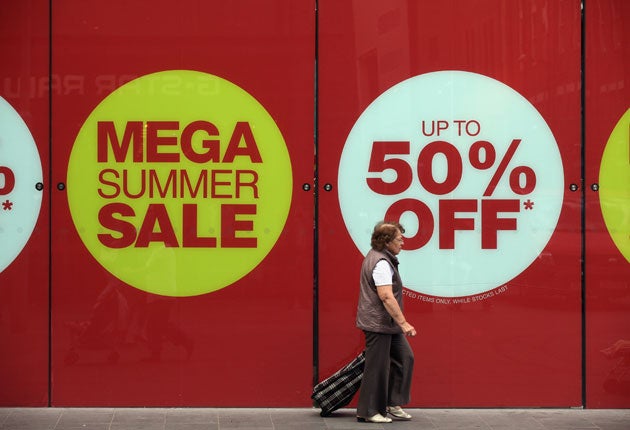David Kuo: Top down or bottom up – which is the better approach?
Investment Insider

Your support helps us to tell the story
From reproductive rights to climate change to Big Tech, The Independent is on the ground when the story is developing. Whether it's investigating the financials of Elon Musk's pro-Trump PAC or producing our latest documentary, 'The A Word', which shines a light on the American women fighting for reproductive rights, we know how important it is to parse out the facts from the messaging.
At such a critical moment in US history, we need reporters on the ground. Your donation allows us to keep sending journalists to speak to both sides of the story.
The Independent is trusted by Americans across the entire political spectrum. And unlike many other quality news outlets, we choose not to lock Americans out of our reporting and analysis with paywalls. We believe quality journalism should be available to everyone, paid for by those who can afford it.
Your support makes all the difference.Hardly a day goes by without at least one piece of market-moving economic news hitting our senses.
For top-down investors, these snippets are viewed as vital bits of a complicated jigsaw. By constructing an overview of the world, top-down investors hope to position their portfolio to capitalise on areas of apparent strengths and avoid zones of obvious weakness.
Consider, for example, the recent retail sales figures from the British Retail Consortium. The BRC said like-for-like sales fell 0.6 per cent in June, adding to the miserable 2.1 per cent decline in May. Top-down investors would see the report in a negative light and give high-street retailers a wide berth.
However, bottom-up investors would probably see things in a different light. They are not concerned by what happens in the wider economy. They are not influenced by market cycles either. Instead, they concentrate on individual shares. They are interested only in the performance of a specific company and its financial stability. They would ignore consumers' disposable income or the Government's austerity measures. A bottom-up investor may see the house-building sector as being ostensibly cheap even though the housing market may be in the doldrums.
Bottom-up investors will invest even though the macroeconomic outlook is uncertain and an entire industry may be out of favour. This style is preferred by legendary investors such as Peter Lynch and Warren Buffett who urge people to invest when the market is fearful. They see macroeconomics as an unwelcome distraction.
The question is: who is right? There is room for both types of investors. It is possible to allocate assets using a top-down approach and identify shares you want through your bottom-up filters. You may miss out on opportunities to catch falling knives, but you also won't stand under a guillotine, which is advisable if you want to live to invest another day.
David Kuo is director of fool.co.uk
Join our commenting forum
Join thought-provoking conversations, follow other Independent readers and see their replies
Comments